A number of airlines travels from Australia to the Philippines. These partner airlines are Cebu Pacific Air, Philippine Airlines, Qantas, Malaysia Airlines, and Singapore Airlines.
Manila, Cebu, Davao, Clark, Subic, and Laoag are international gateways.
The Ninoy Aquino International Airport (NAIA) in Manila as the premier gateway. It is served by more than 30 airlines from different cities around the world.
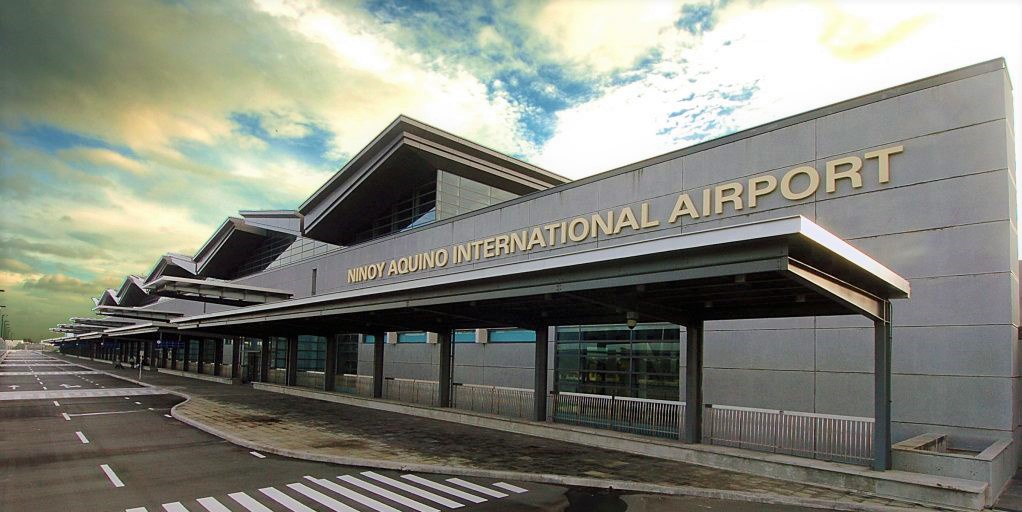
The Mactan International Airport (MIA) in Cebu handles regular flights from Japan, Singapore, and Australia, as well as chartered flights from Hong Kong, the United States, and other major travel capitals.
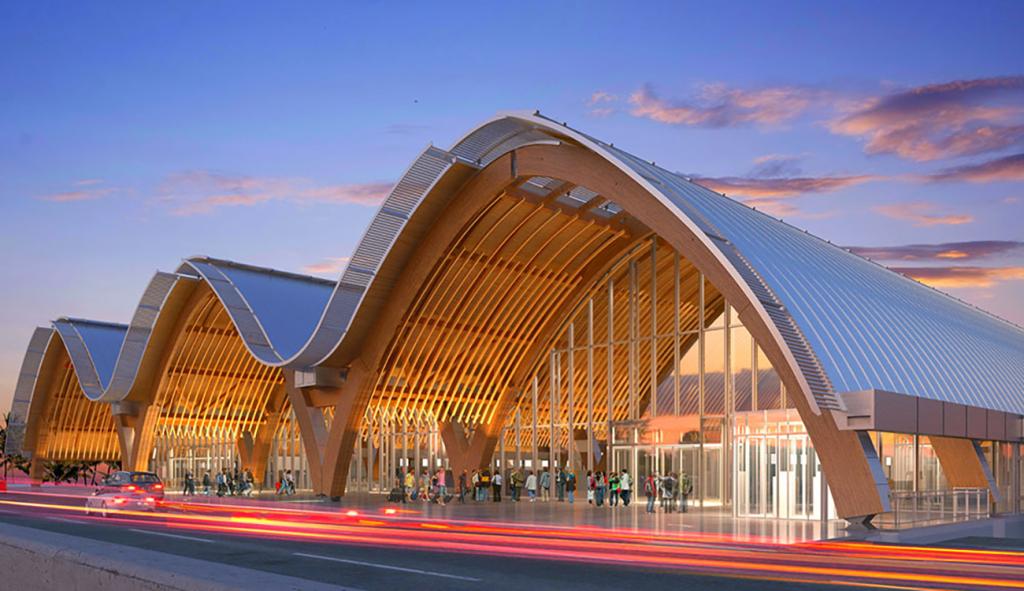
Francisco Bangoy International Airport, also known as Davao International Airport is the main airport serving Davao City and the busiest airport on the island of Mindanao. The airport is currently serving 7 airlines and is handling both domestic and international flights operating to and from Davao.

The Diosdado Macapagal International Airport and Subic Airfield in Central Luzon service both chartered and cargo planes.
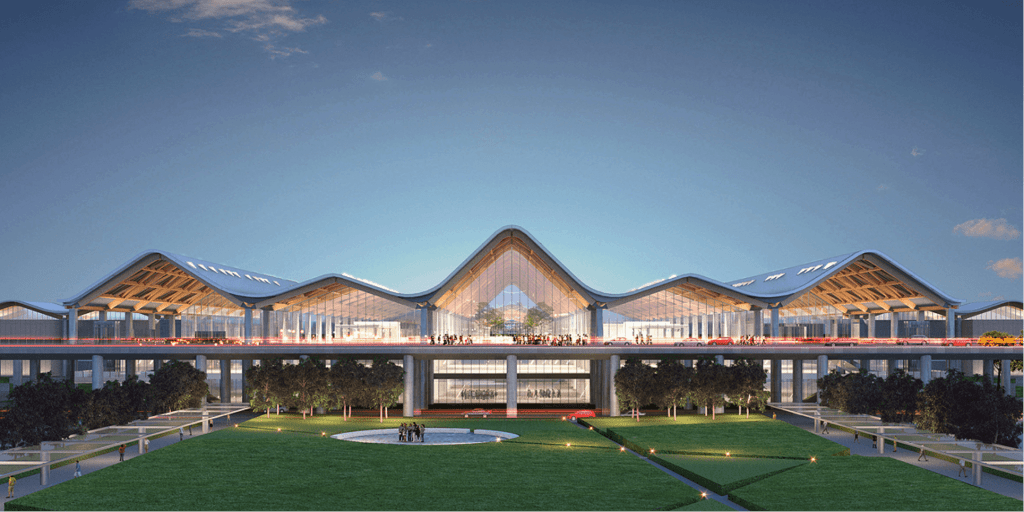
Laoag International Airport, the northernmost international airport is the main airport serving the general area of Laoag, the capital city of the province of Ilocos Norte. The airport services regular flights from Taiwan and Macau.
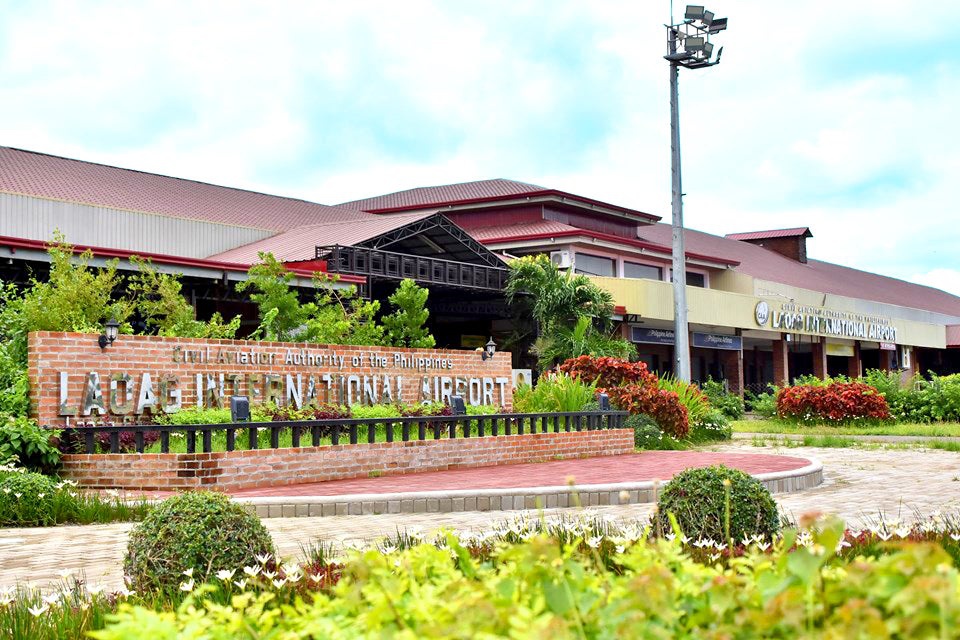
If you're coming from Australia, Brisbane, Melbourne, and Sydney have direct flights to Manila, Philippines through Cebu Pacific, Philippine Airlines, and Qantas, while Malaysia Airlines and Singapore Airlines have connecting flights via Kuala Lumpur, and Singapore, respectively. If you are more than happy to transit, you can also reach the Philippines via cities such as Bangkok or Hong Kong. Some airlines offer direct flights from these connecting cities to other international airports in the Philippines.
From New Zealand, Auckland has direct flights to Manila through Philippine Airlines, or you can opt for a connecting flight via Sydney through the other airlines.
Flights from Australia to Manila usually take up to 8.5 hours, while flights from Auckland, New Zealand will take roughly 10.5 hours. From NAIA, you’ll find it’s very easy to fly domestically to other parts of the Philippines.

NAIA in Manila is divided into four terminals, catering to domestic and international flights from the world's major airlines. It is equipped with tourist help desks, hotels and car rental services, duty-free souvenir shops, and handicap assistance.
Primary international airport in Manila. Serves all the international flights from and to Manila except for the ones operated by airlines in NAIA Terminal 2 and NAIA Terminal 3.
Operates the domestic and international flights of the flag carrier of the country, the Philippine Airlines and PAL Express. This terminal is also known as the Centennial Terminal to commemorate the centennial declaration of the Philippine Independence.
Caters to international flights operated by Cathay Pacific Air, AirAsia, Emirates Airline, Cebu Pacific Air, KLM Royal Dutch Airlines, Delta Air Lines, All Nippon Air, and Singapore Airlines, as well as domestic flights of Cebu Pacific Air. It also has a transit lounge (airport lounge).
NAIA Terminal 4 caters to both domestic and regional services from CebGo, AirSwift, and SkyJet. Some AirAsia flights depart from this terminal as well, so check your tickets closely.

The Airlines that fly in and out from Clark International Airport has been continuously increasing to accommodate the influx of tourists, resulting to the regional airlines' expansion of their operations in Clark. Among the airlines that operate in Clark are Cebu Pacific Air, Philippine Airlines, South Korea-bound Airlines such as Jin Air, T'Way Airlines, Korean Air, Jeju Air, and Pan-Pacific Airlines. Direct flights from Cathay Pacific, China Eastern Airlines, and XiamenAir also operate in Clark, as well as Qatar Airways, Emirates, Scoot, JetStar Airlines, Royal Air Philippines, and AirSWIFT. Clark International Airport is also known as the Diosdado Macapagal International Airport.
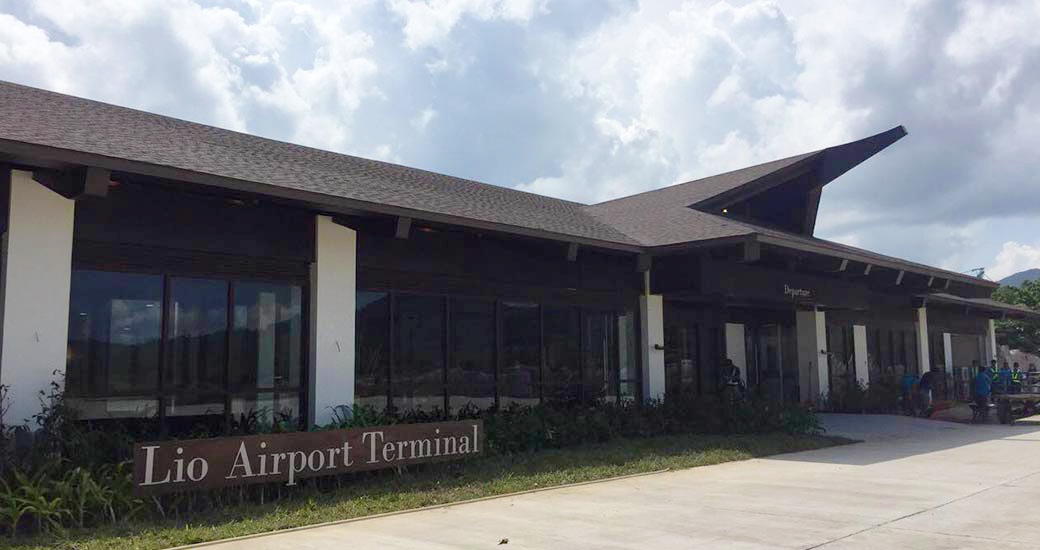
Locally known as Lio Airport, El Nido Lio Airport serves the general area of El Nido, Palawan, and is owned and operated by AirSWIFT.

The Davao International Airport serves 13 domestic destinations in the Philippines through different airlines. Airlines operating in the airport include Cebu Pacific Air, Cebgo, Philippine Airlines, PAL Express, Philippines AirAsia, AirAsia, SilkAir, and SkyJet.
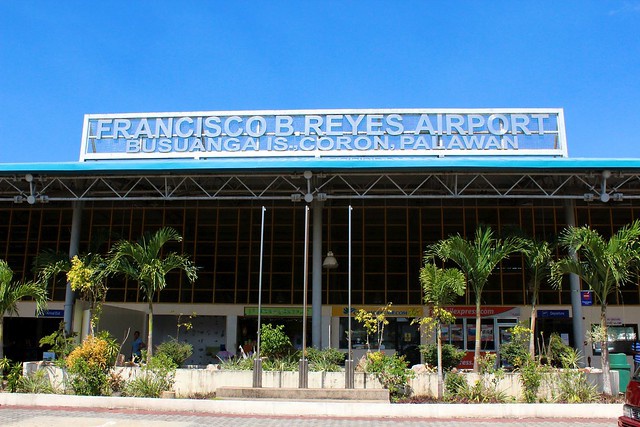
More commonly known as Busuanga Airport, Francisco B. Reyes Airport is serving the general Coron, Palawan area including the neighbouring municipality of Busuanga. Air Juan, AirSWIFT, Cebu Pacific, Cebgo, Philippine Airlines, PAL Express, and SkyJet are the airlines operating in the airport.
 Known as Caticlan Airport, Godofredo P. Ramos Airport, serves the general area of the municipality of Malay, Aklan with Cebu Pacific Air, Philippine Airlines, and SkyJet as the operating airlines in the airport.
Known as Caticlan Airport, Godofredo P. Ramos Airport, serves the general area of the municipality of Malay, Aklan with Cebu Pacific Air, Philippine Airlines, and SkyJet as the operating airlines in the airport.
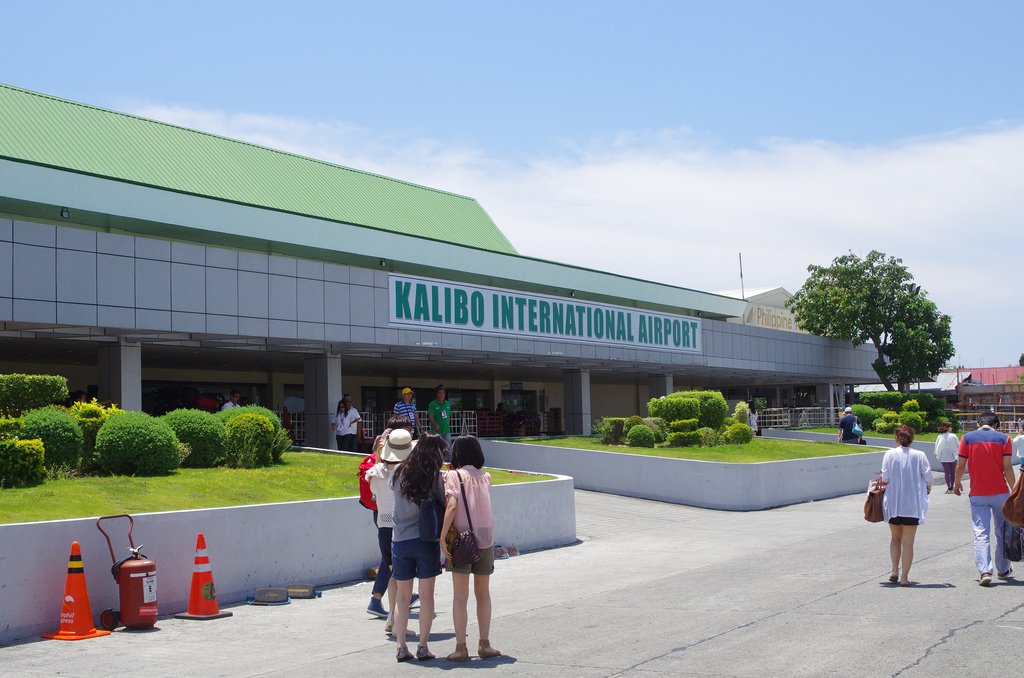
One of the two airports serving Boracay, Kalibo International Airport serves the general area of Kalibo, the capital of Aklan province. The airlines that operate domestic and international airlines in Kalibo Airport include Philippine Airlines, Cebu Pacific Air, Etihad Airways, and All Nippon Airways.
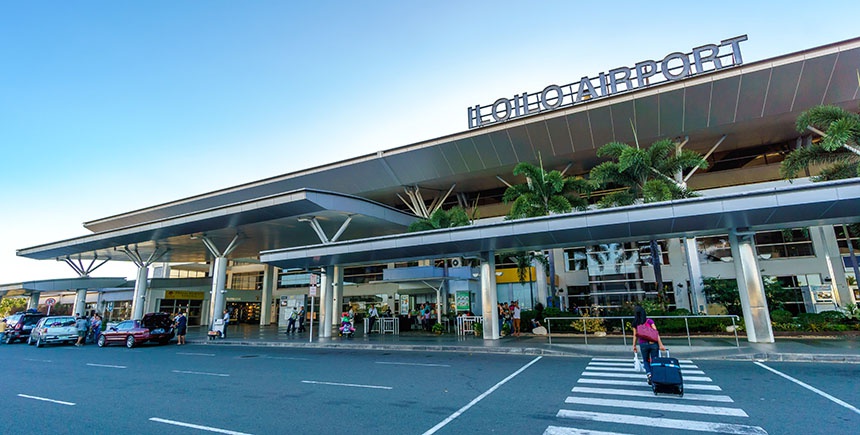
Locally known as the Cabatuan International Airport, Iloilo International Airport serves the province of Iloilo, including its capital, Iloilo City. Considered to be one of the largest airports constructed in the country, it is handling domestic routes operated by Cebu Pacific Air, AirAsia and Philippine Airlines, as well as direct flights to Hong Kong and Singapore.

Laoag International Airport was constructed by American before World War II as Gabu Airfield and was later converted into a civilian airport. Airlines operating in the airport include Philippine Airlines, China Eastern Air, Etihad Airways, and South-East Asian Airlines.
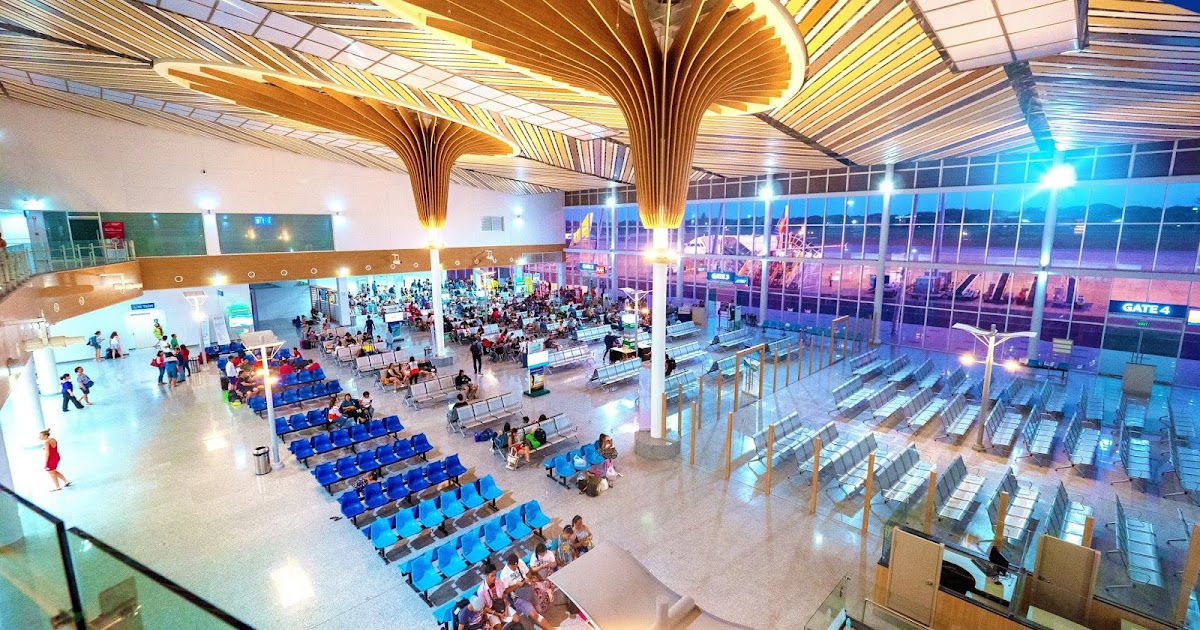
Located in the province of Palawan, Puerto Princesa International Airport is serving the general area of Puerto Princesa. Airlines that operate in the airport frequently include Cebu Pacific Air, Philippine Airlines, AirAsia Zest, and Etihad Airways.
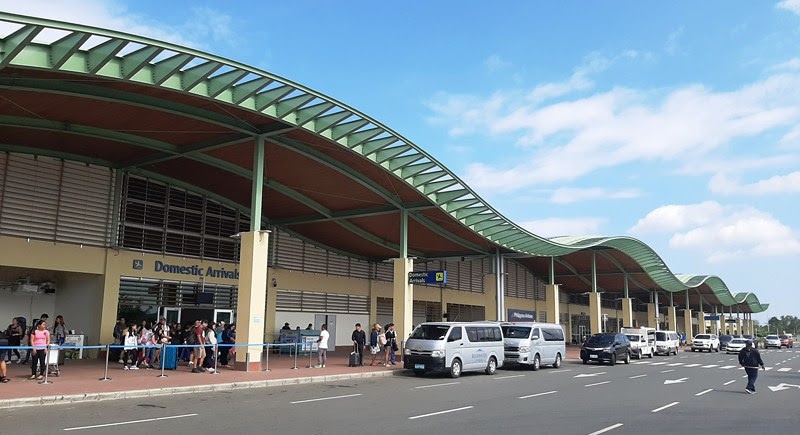
Bohol-Panglao International Airport, also known as New Bohol International Airport is a new airport in Panglao Island, Bohol province. The airlines that operate in the Panglao International Airport are Cebu Pacific Air, Philippine Airlines, PAL Express, Philippines AirAsia, All Nippon Airways, Jeju Air, and Hahn Air Systems.
As the islands of the Philippines are separated by different bodies of water, the sea plays an integral part in travel. A range of seafarers are available, from huge cargo ships to small ferry boats.
Major cruise liners call on the port of Manila. Passenger liners transport travellers akin to airplanes with options for various types of accommodation.
If you prefer travelling by boat, try the roll-on-roll-off (RORO) ships between Manila and the country's major ports. Running from short to medium distance routes, they come in handy if you are travelling with a vehicle.
To and from smaller islands, take fast sea crafts and other ferry services. They provide faster and air-conditioned vessels between the larger islands of the country.
Popularly used for inter-island travel adventure, locally called 'island-hopping', various native motorized outrigger canoes, locally known as bancas, can be rented out from various resorts offering island tour packages. They are used by locals in travelling to the neighbouring islands, as well as diving tours by operators.
Some of the ferry companies that provide services are listed below:
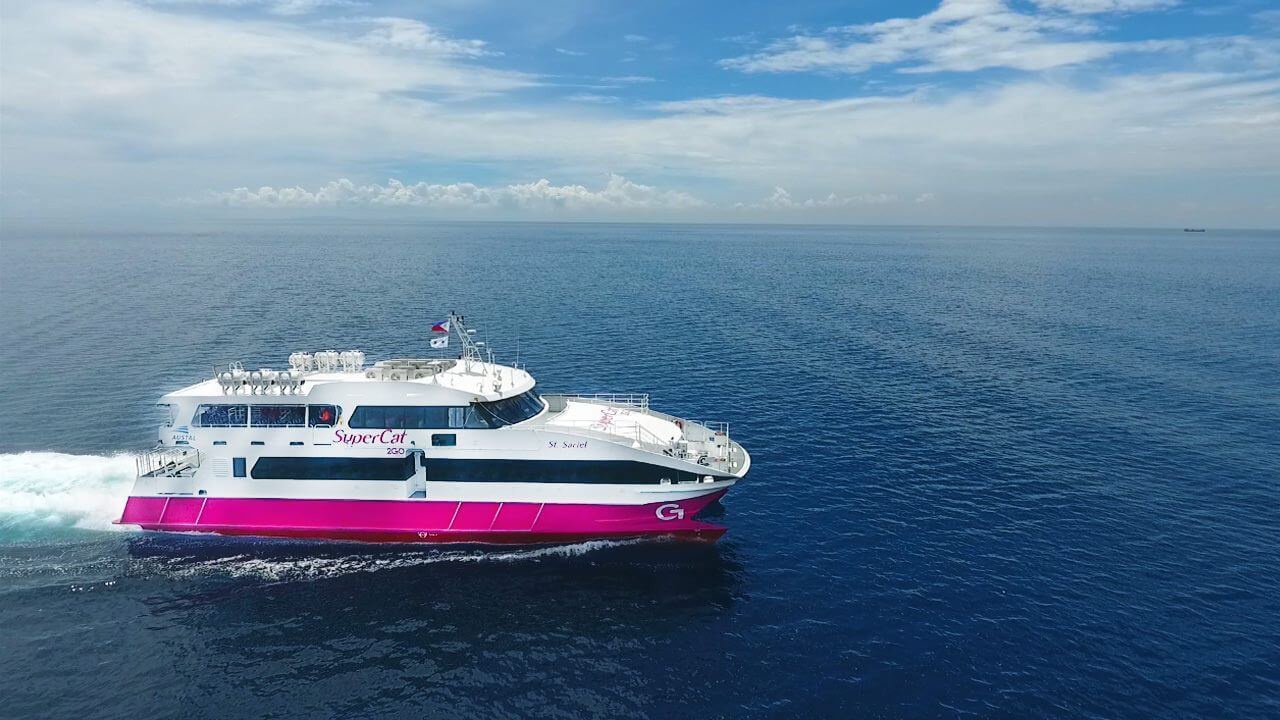
Manila to Palawan/ Palawan to Manila
Manila to Puerto Princesa City/ Puerto Princesa City to Manila
Palawan to Puerto Princesa City/ Puerto Princesa City to Palawan
Batangas to Caticlan Jetty Port/ Caticlan Jetty Port to Batangas
Cebu City to Manila/ Manila to Cebu City
Iloilo City to Manila/ Manila to Iloilo City
Bacolod City to Iloilo City/ Iloilo City to Bacolod City
Cebu City to Tagbilaran/ Tagbilaran to Cebu City
Cebu City to Leyte/ Leyte to Cebu City
Bacolod City to Iloilo City/ Iloilo City to Bacolod City
Cebu City to Tagbilaran City/ Tagbilaran City to Cebu City
Cebu City to Tagbilaran City/ Tagbilaran City to Cebu City
El Nido to Coron / Coron to El Nido
El Nido to Coron/ Coron to El Nido
Highways and smaller roads in the areas surrounding Manila and major provinces make traveling around by land possible through various modes of land transport.
Buses - Hop-On Hop-Off
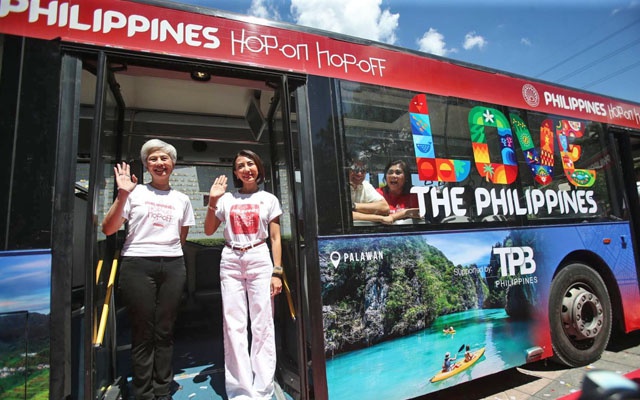
Hop-On Hop-Off is now available in the Philippines! Currently, tours are only available in the cities of Manila and Makati. For more information please visit: philippines-hoho.ph

One such mode is travelling by air-conditioned bus from Manila to nearly all major destinations in Luzon, Visayas and Mindanao. Buses are rampant in all major cities and provincial capitals. Bus depots are scattered all over and buses usually stop when you flag them down. Buses that serve popular routes can be reserved and bought online through sites such as www.pinoytravel.com.ph or www.biyaheroes.com.
Another option to get around is by hopping on a commuter train. The Philippines has a National Railway, however with very limited connections for travellers as it only transects Southern Luzon. Some of the trains have recently been replaced or refurbished though, so if you’re not in a hurry, it’s a viable way to get from Manila to Legazpi (Bicol Region).
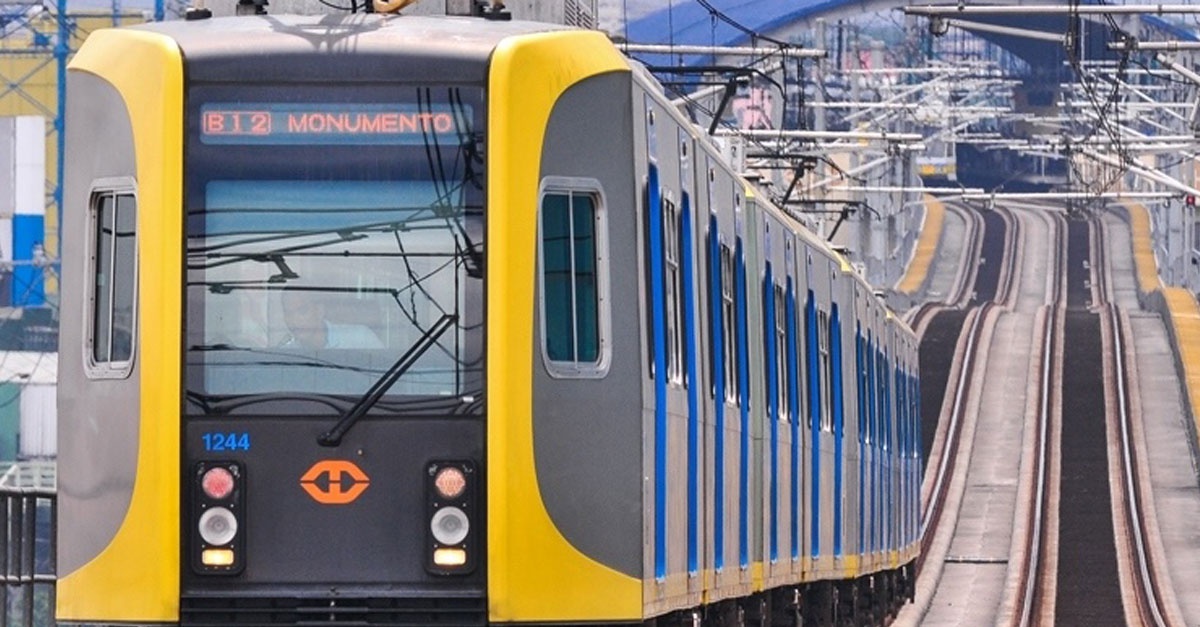
Some parts of Metro Manila are accessible via an elevated railway system. If you happen to be in Metro Manila, one practical way of getting around is by taking the Light Railway Transit (LRT). It's probably the fastest and most economical way to travel throughout the metropolis. Manila has three light rail systems - LRT-1, LRT-2 and MRT-3. These 3 lines service commuters from as far north as Quezon City to as far south as Pasay City. Most of the train stations of interest are clustered around the main city of Manila, particularly along the LRT-1 line.
LRT Line 1 is a 20-station route that shows up as yellow on the system map. It passes through most of the city of Manila, giving riders a glimpse of Manila's popular tourist destinations. It arrives in Malate (Vito Cruz Station), Ermita and Rizal Park (United Nations Station), Manila City Hall and Intramuros (Central Station), and the SM North Edsa Mall (Roosevelt Station).
LRT Line 2, coloured purple on the system map, is an 11-station route that services the east-west direction. The route goes to and from Recto Avenue to Santolan St. in the eastern part of the metropolis.
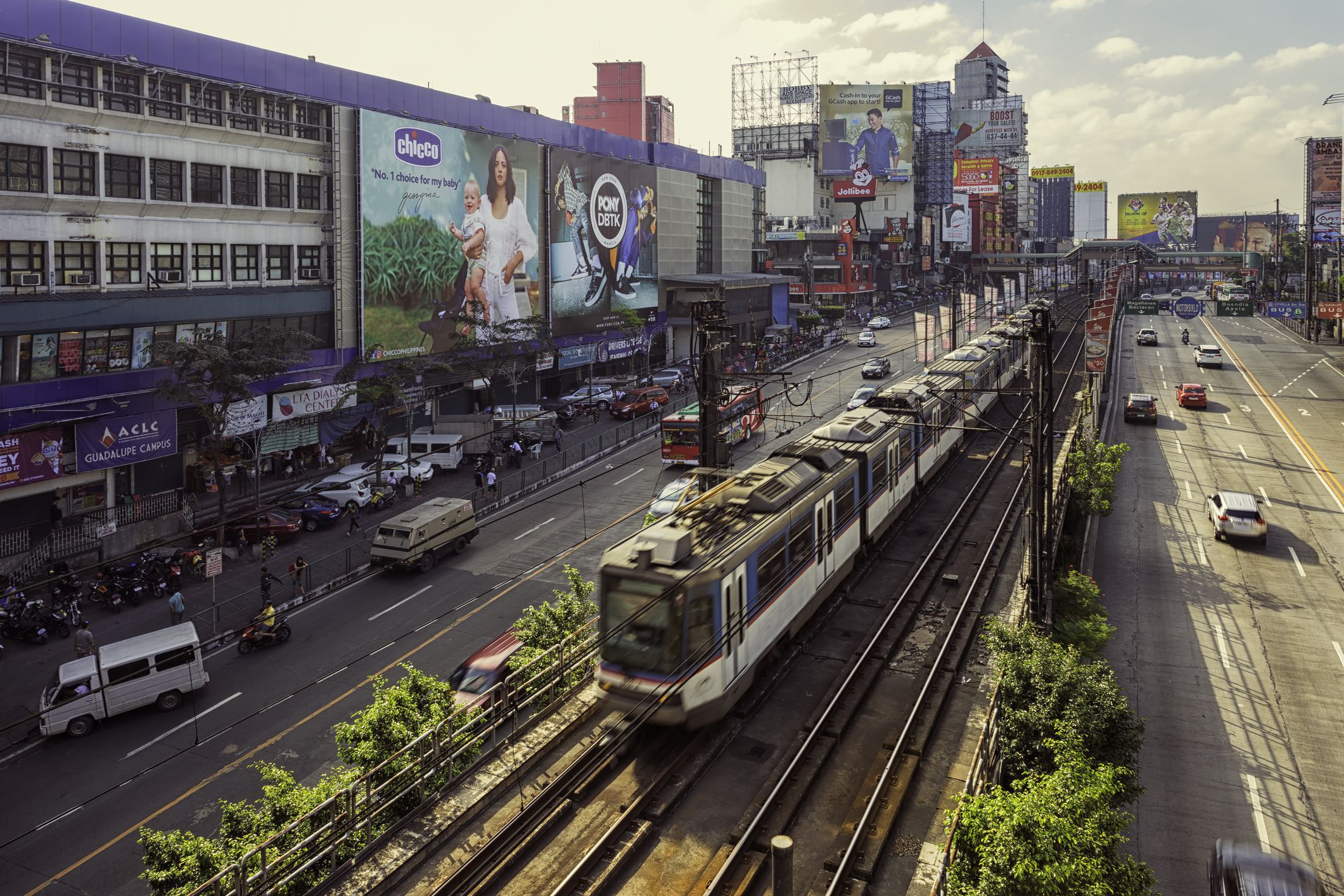
The Metro Rail Transport (MRT) Line 3 which is blue on the system map, passes through 13 stations runs down the Epifanio de Los Santos (EDSA) thoroughfare, connecting Quezon City in the north to the cities of the east Pasig and Mandaluyong going towards the South, to Makati, and Pasay. It's two most popular stops are Cubao (gateway to Quezon City) and Ayala Avenue (gateway to the Makati central business district).
Tickets for the LRT and MRT lines are available at their respective stations.
For more info on the Philippine National Railway:
Philippines National Rail
The Light Railway Transit (LRT)
The Metrotren (MRT)
If there are no LRT lines where you’re going, take a bus or metered taxi. You’ll find taxis in Manila and major parts of Metro Manila, and they can usually be flagged down right where you’re standing.
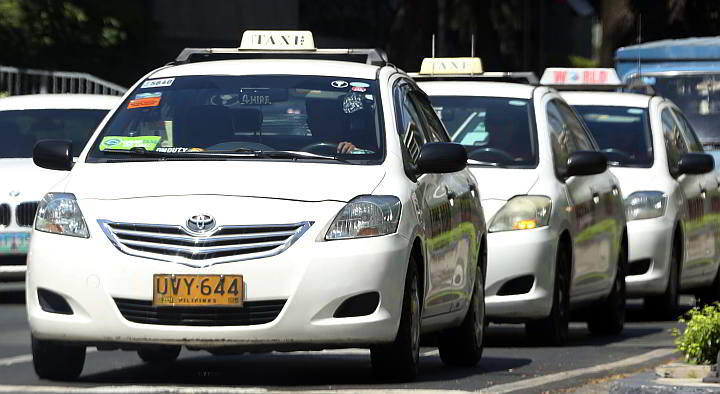
Taxis are predominantly found in the metropolitan areas of Manila, Cebu, and Davao. Taxis have a flag down rate of 70 pesos (A$2.61) with an additional 3.50 pesos (A$0.23) per 300 kilometers. Taxis are required to have meters and most taxi drivers will turn them on as soon as you get in. In the event that they don't, politely request that they do. If they so much as give you an excuse such as the meter being broken or out of service, it is completely fine to get off and look for another one. Cabs can usually be found clustered around shopping malls, hotels, airports, and popular tourist areas. They can also be hailed randomly at curbsides.

An alternative to taxis is the ridesharing service which has now become popular in the metropolitan centre. Ridesharing services are often accessed via apps downloaded on smartphones. Some services that are popular in the Philippines are Grab, ePickMeUp, Go Lag, Hirna, Hype, MiCab, Owto, Ryde Global, and Snappy.

For short distances within the city, try taking a public utility jeepney (PUJ) or a tricycle. Jeepneys form the main urban transport in most cities and complement the bus services between regional centres. They do not follow a fixed timetable and would only make trips two or three times a day, depending on factors such as the weather, demand (they will often wait to leave when the jeepney is full, and the mood of the driver. Nevertheless, it would still be a worthwhile experience to ride the jeepney at least once during your stay. Routes are usually painted on the side of the jeepney or on a signboard placed on the window.
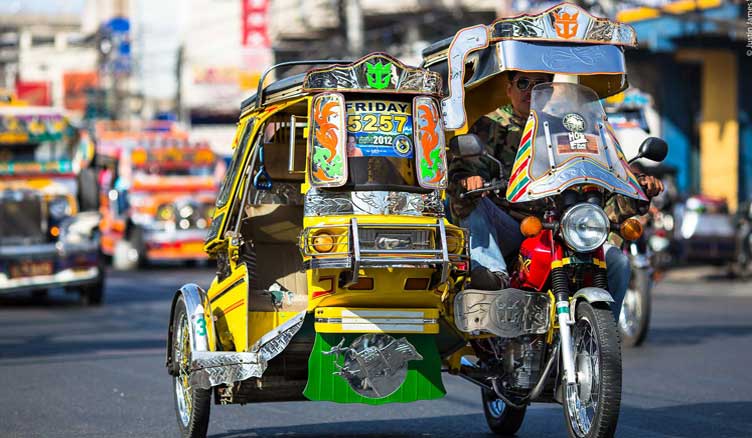
Tricycles, which are similar to Tuktuks, are another way to get around, particularly if you are staying in smaller remote towns.
Some helpful blogs for getting around Manila:
PH Commute
MetroManilaDirections
Parasatabi
Better yet, ask a local for directions. It’ll be fun!